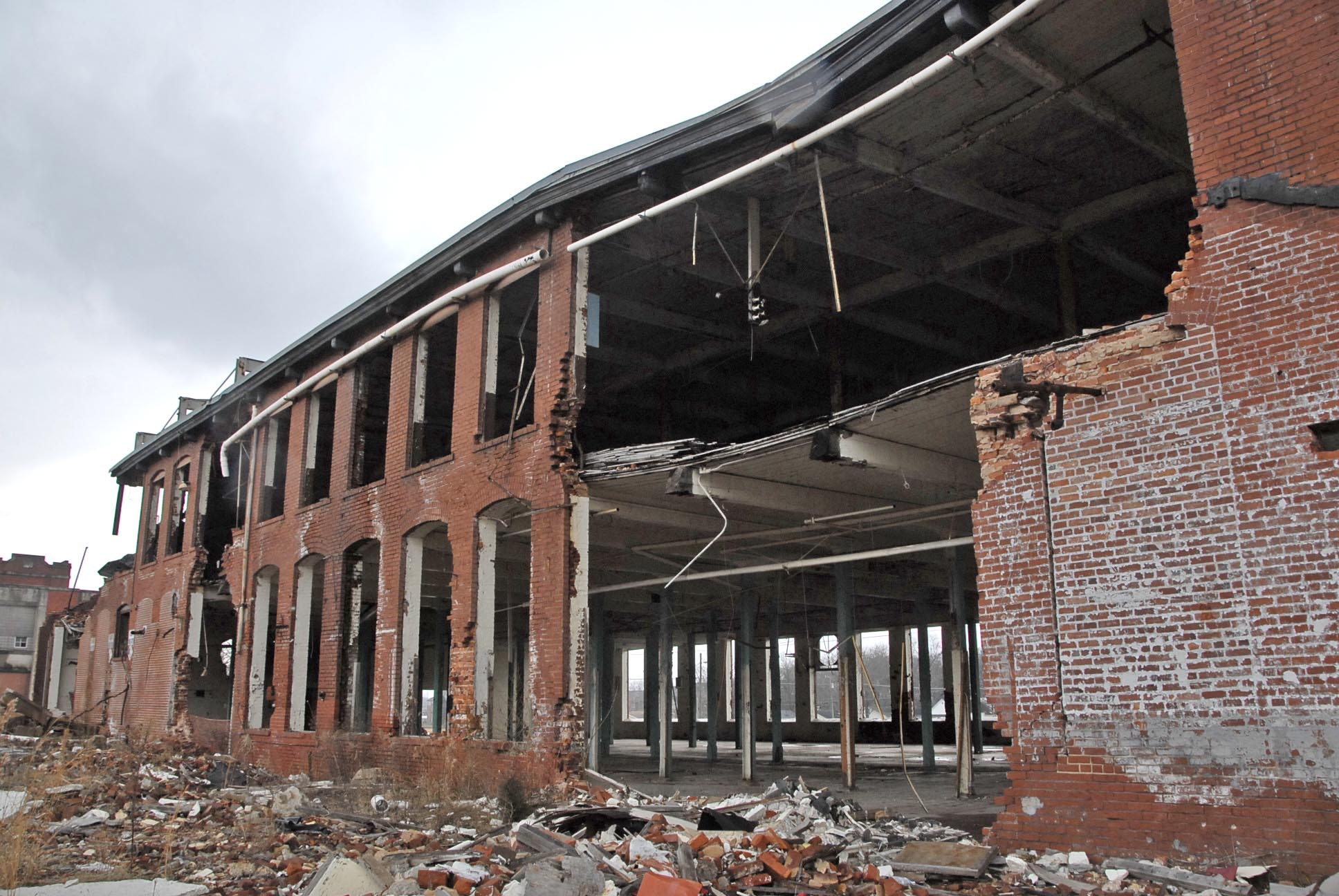Working at a day care center near an asbestos-containing plant as it was being demolished, Bettye Gaston Spratling said she frequently watched dust from the worksite roll toward her classroom of 4- and 5-year-olds.
"Any time I looked out the window, I would see men throwing things in a truck. The dust and particles would be in the air," Spratling testified Tuesday in U.S. District Court. "My car would have stuff on it daily. We could not take the children outside."
Although defense attorneys tried to persuade Judge Curtis L. Collier on Tuesday that testimony from a worker at a day care center near the former Standard Coosa Thatcher plant would be prejudicial, the judge allowed Spratling to describe her observations.
During 2004-05, when the plant was being torn apart, Spratling worked at Pro Re Bona Day Nursery at 1707 Dodds Ave., at the back of the plant.
Chattanoogans Don Fillers, James Mathis, David Woods and two companies -- Watkins Street Project and Mathis Cos. Inc. -- are on trial, facing federal charges of conspiracy to defraud the United States, Clean Air Act violations, false statements, obstruction of justice and aiding and abetting.
Testimony ended Tuesday, and closing arguments are set for today.
Following Spratling's testimony, federal prosecutors called Richard Jardine as the government's final witness.
Jardine, a U.S. Environmental Protection Agency on-scene coordinator for hazards waste site assessments and cleanup, told the jury that hazardous microscopic fibers from asbestos can cause respiratory irritation, a form of lung cancer known as mesothelioma and even death. He said asbestos can "float in the air a long time ... like the feather in 'Forrest Gump.'"
Jardine said the site "looked like total disaster" when he arrived from Atlanta in answer to a call for EPA assistance from city officials. He said there were several piles of debris, some 20 feet high, and hazardous material containers "were crushed" in at least one of the piles.
The five defense attorneys called only two witnesses -- two federal investigators with EPA -- before resting their case. None of the defendants testified.
Attorney Gary Humble, representing Watkins Street Project, asked the two EPA investigators about what he called inconsistencies in the testimony of three prosecution witnesses, including Kathy Jones of the Chattanooga-Hamilton County Air Pollution Control Bureau.
Hammering at Jones last week, defense attorneys questioned why she once said asbestos abatement contractor Herbert Warden gave her the amounts of asbestos that she used in granting the demolition/asbestos removal permit but another time said they came from demolition contractor and defendant James Mathis.
In court, Jones said her memory had been refreshed since making those statements, but she was sure that the updated numbers in her notes came from a phone call with defendant Don Fillers.
None of the asbestos numbers listed by Jones were as high as the amounts on a certified asbestos survey done by a contractor who gave an initial estimate of asbestos in the plant years before the demolition began. Jones said she was never given that original survey.

